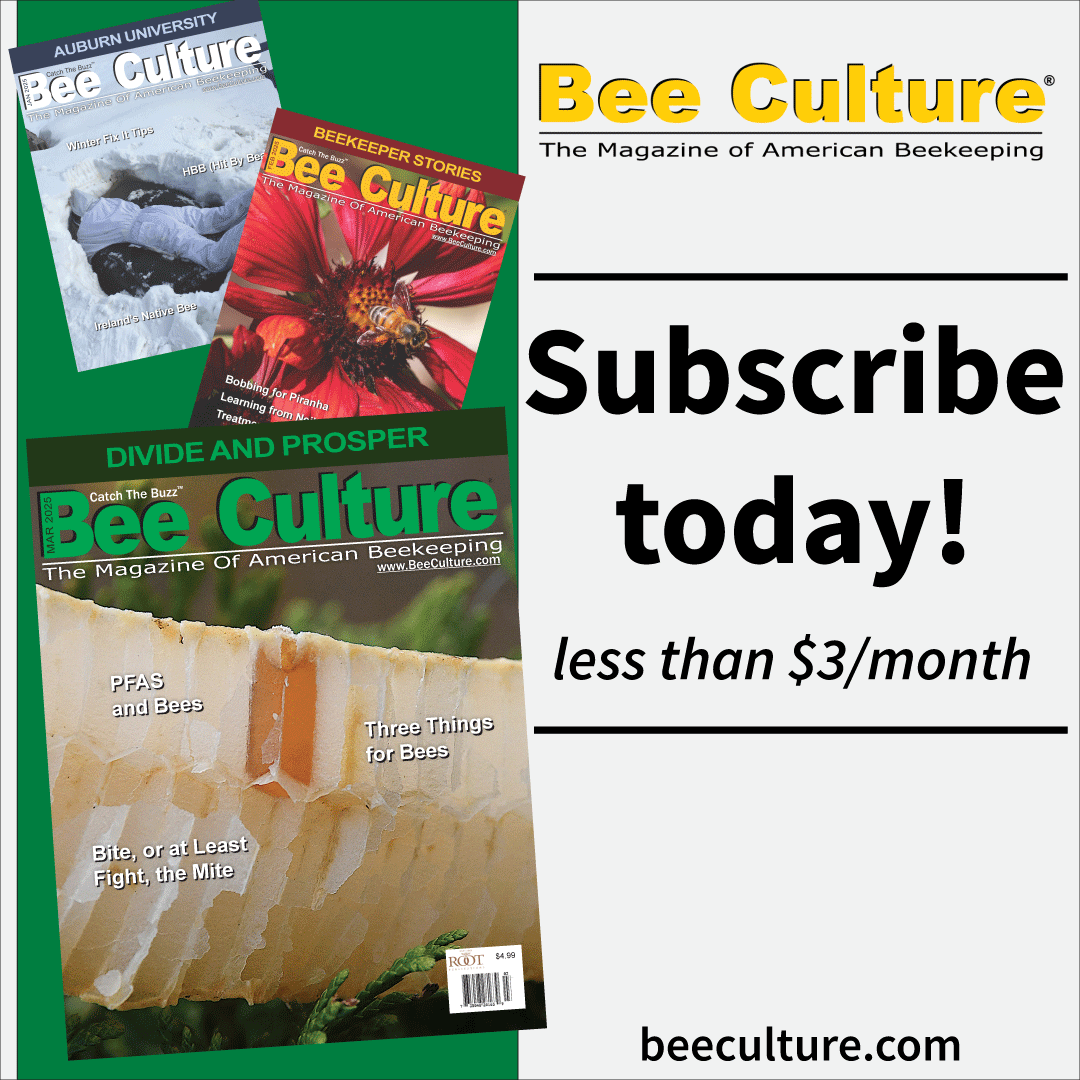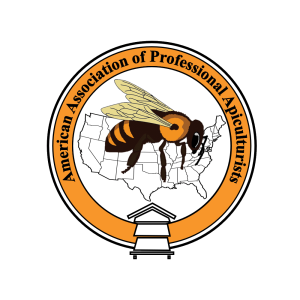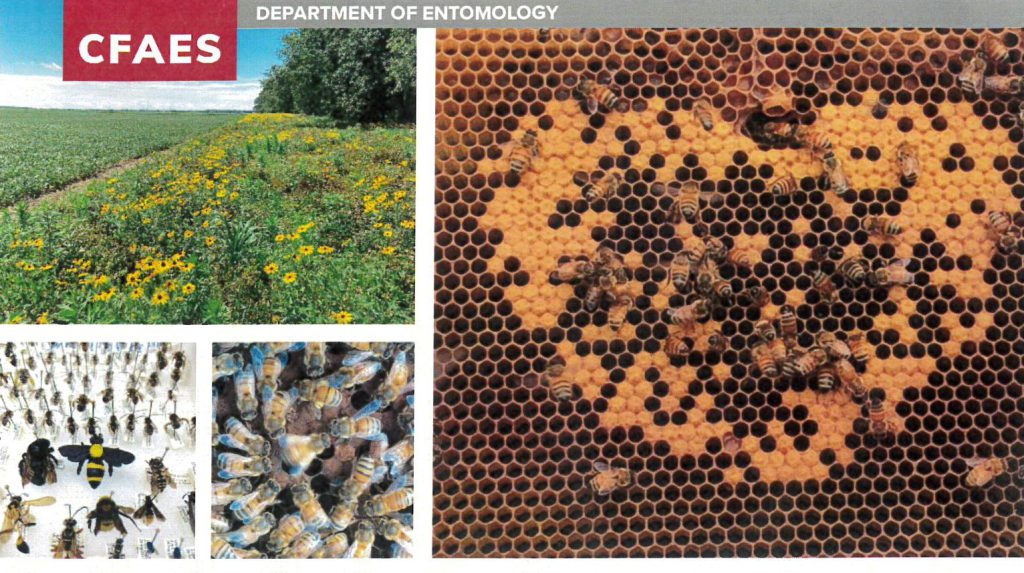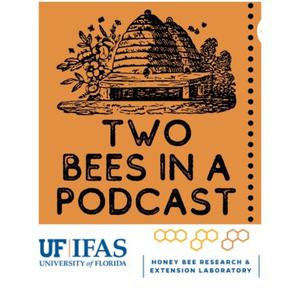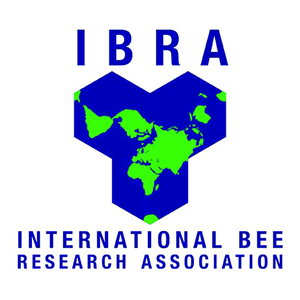 Why the International Bee Research Association is Important for Beekeeping
Why the International Bee Research Association is Important for Beekeeping
The International Bee Research Association (IBRA) was founded in 1949, and exists to promote the value of bees by providing information on bee science and beekeeping worldwide. A truly international organization, IBRA publishes two journals, the Journal of Apicultural Research, a refereed primary research journal, and Bee World, a popular magazine which brings bee science to the beekeeper. IBRA also publishes books and organizes meeting and conference. IBRA is a UK Registered Educational Charity, and is funded by sales of publications, through the generosity of our members and supporters, and by donations or legacies.
The Journal of Apicultural Research was created in 1962 by bee scientists for bee scientists. It published high quality original research articles, original theoretical papers, noted, comments and authoritative reviews on all scientific aspects of the biology, ecology, natural history, conservation and culture of all types of bees, including honey bees, bumblebees, stingless bees and solitary bees. Its 2015 ISI Impact Factor was 2.084 and its ISI 5-year Impact Factor was 2.003. Bee World was originally founded in 1919 by the Apis Club; its publication was taken over by the Bee Research Association in 1952. Bee World is a unique international journal which is the interface between primary scientific research and the scientific beekeeper.
IBRA also publishes books on all aspects of bees and beekeeping. A good example is Plants for Bees, by William Kirk and Frank Howes, which is the definitive guide to the plants that benefit bees. Plants for Bees is a beautifully illustrated and informative book which provides gardeners, beekeepers and bee lovers with all the information they need to create a healthy environment for the many species of bees. The book explains the important of planting flowers for both long- and short-tongues species of bee, and sets out clearly which plants benefit which type. A simple key system allows gardeners to quickly identify the advantages of more than 300 plants for each type of bee.
Another classic book from IBRA is Form and Function in the Honey Bee by Lesley Goodman, which is a wonderful guide to the biology of the honey bee with over 300 color illustrations, photographs and diagrams. This is a recommended text for those doing bee-related exams and is widely recognized as one of the best books on bee biology. The book is accessible to non-scientists and beekeepers, yet has enough depth for graduate students. The illustrations are stunning in their beauty as well as their accuracy.
A third book from IBRA is A Color Guide to Pollen Loads of the Honey Bee by William Kirk. This classic book is intended for beekeepers and bee scientists to enable them to identify the plants on which honey bees are foraging. It contains charts showing the colors of pollen loads collected by honey bee from 267 wild plants, garden plants and agricultural crops. The plant species all grow in Britain, but the book is useful much more widely, so it includes an explanation of the color charts in three languages (English, French and German).
The IBRA Library is probably the most significant and comprehensive library relating to bees and apiculture anywhere in the world. The library was begun in March 1949, shortly after the founding of the Bee Research Association, but was greatly increased by the acquisition of the library of IBRA’s forerunner, the Apis Club. Much of this had belonged personally to Annie Betts, Editor of Bee World from 1929-49. A further important bequest was the library of the late Major Denis Morland, the first bee scientist to work at Rothamsted Experimental Station, and in addition, various IBRA members and others donated or bequeathed their own collections of early books. By 2006, the library, which had been named the Eva Crane IBRA Library, in honor of IBRA’s first Director in 1987, had become an unequalled collection of books, monographs, journals, research theses and dissertations and some 60,000 reprints, as well as glass negatives, lantern slides and videos, covering all aspects of bee science and beekeeping and associated subjects. In that year, an offer by the National Library of Wales (Llyfrgell Genedlaethol Cymru) at Aberystwyth to take over and maintain the collection was accepted by IBRA. Personal visitors to the library may now view any item in the collection in the pleasant surroundings of the reading rooms, and many of the items can be browsed on the library’s catalogue” https://www.llgc.org.uk/. In addition, the IBRA/Eva Crane Collection of historical artefacts related to beekeeping can be seen at the Bijenteeltmuseum, Kalmthout, Belgium.
Membership of IBRA is open to all individuals, who receive four copies of Bee World per year and electronic access to the entire back catalogue dating back to 1919. For an additional sun, they can receive the Journal of Apicultural Research and electronic access to the back catalogue dating back to 1962. For further information and deatils of membership, please visit our website www.ibra.org.uk, Facebook https://www.facebook.com/IBRAssocation or Twitter https://twitter.com/ibra_bee pages.
Norman L Carreck
Science Director, International Bee Research Association, Laboratory of Apiculture and Social Insects, University of Sussex, Falmer, East Sussex, United Kingdom

